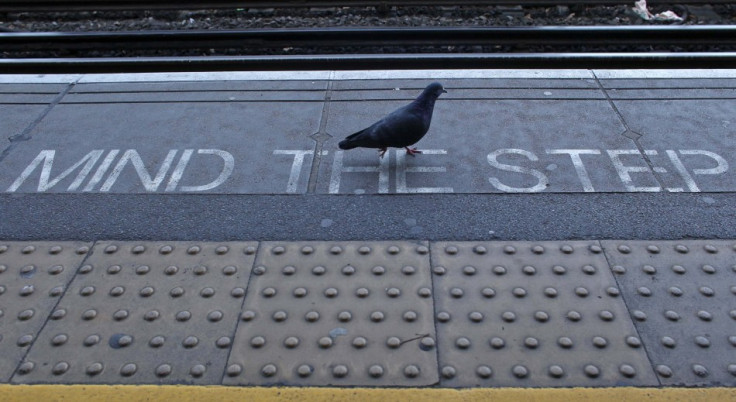Bird Brained: Researchers Discover ‘Common Blueprint’ Between Human and Bird Brains

Humans and birds have similar brains, suggesting they evolved from a "common blueprint" millions of years ago.
Researchers at Imperial College London developed a map of a typical bird brain to show how the different regions are connected together to process information.
They then compared the brain map to those of other animals, including humans, to see if there were any similarities.
Findings showed that there were common traits in the areas important for high-level cognition such as long-term memory and problem solving. This suggests birds and humans share a blueprint for brain development, despite evolving down separate paths for hundreds of millions of years.
Birds possess a wide variety of skills involved with high-level cognition, including the capacity for complex social reasoning, problem solving and the ability to make and use tools.
In 2009 a team of scientists found that rooks, a member of the crow family, were able to create and use tools, and to modify them to make them work better.
Remarkably intellilgent
Rooks learned to drop a stone to collapse a platform to get food, showing they could choose the right size shape without any training. They could also be flexible in their tool choice, being able to use and modify sticks to achieve the same goal - in later tests they were also able to bend a piece of straight wire to create a hook to fetch food.
Researchers created the map by analysing 34 studies of pigeon brains - a typical example of bird brain. They focused on areas involved in processing information, in particular looking at the hippocampus, which is used for navigation and long-term memory in both birds and humans.
This area showed dense connections to other parts of the brain in both species, suggesting they work in the same way. The prefrontal cortex, involved in decision making, was also analysed and findings again showed similar wiring.
Study author Murray Shanahan said: "Birds have been evolving separately from mammals for around 300 million years, so it is hardly surprising that under a microscope the brain of a bird looks quite different from a mammal.
"Yet, birds have been shown to be remarkably intelligent in a similar way to mammals such as humans and monkeys. Our study demonstrates that by looking at brains that are least like our own, yet still capable of generating intelligent behaviour, we can determine the basic principles governing the way brains work."
© Copyright IBTimes 2025. All rights reserved.






















